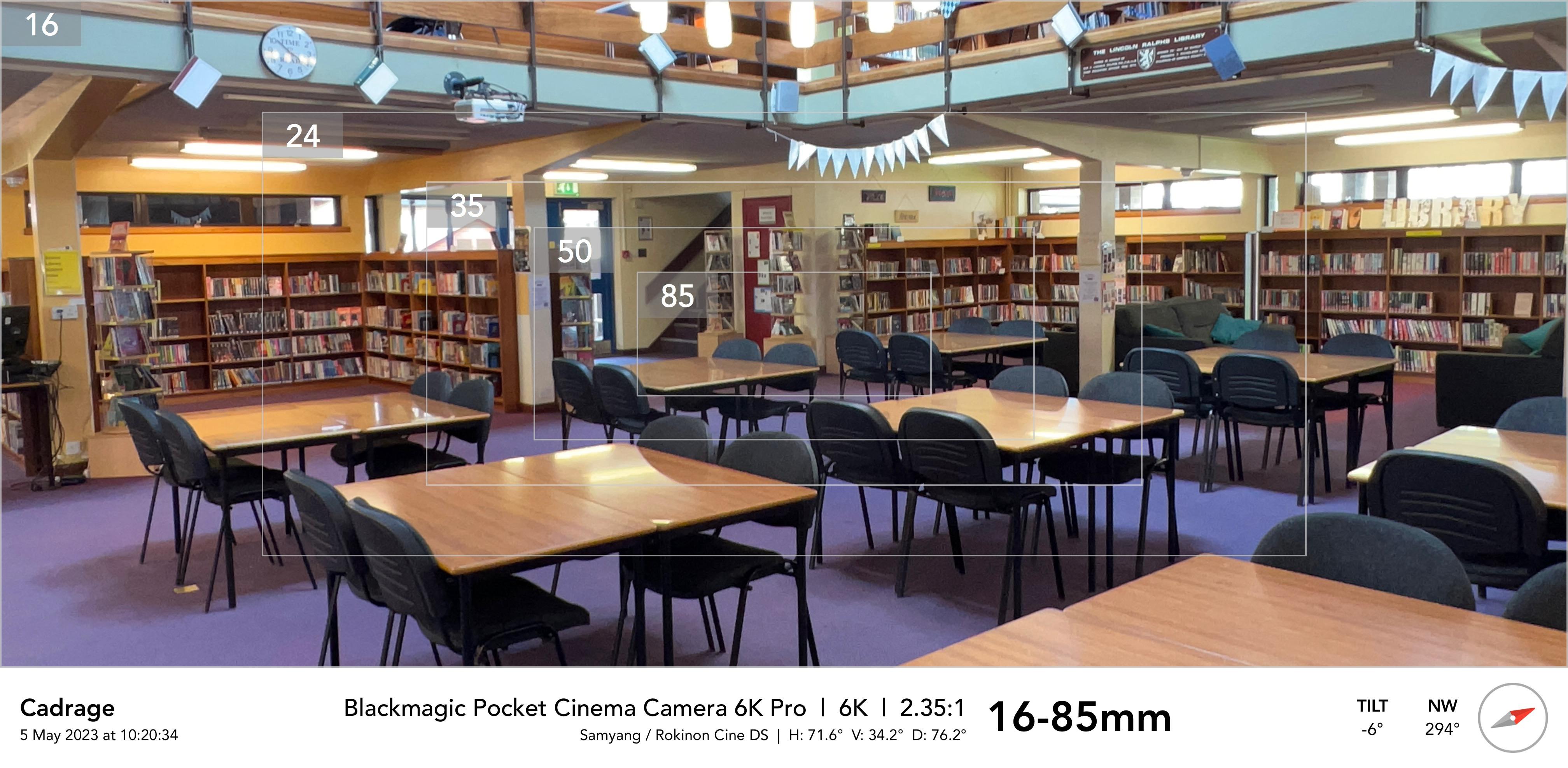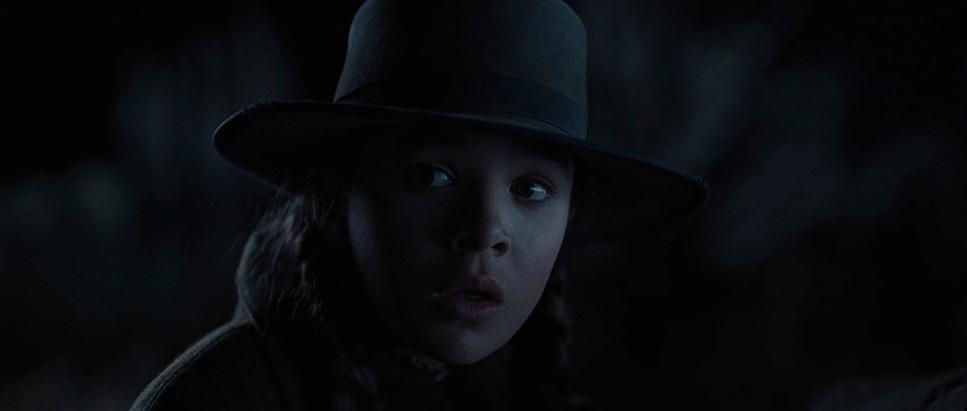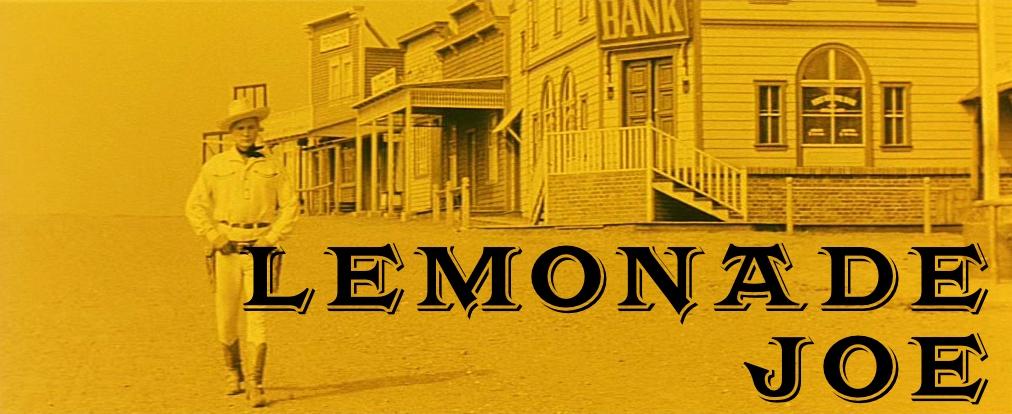-
Search Results
-
Topic: Necessary for Light Meter?
I would like to ask, is there still a need to use a light meter when shooting with a digital camera? There are many tools available now to measure exposure, such as false color, which uses the colors displayed on a monitor to determine exposure, and it seems more accurate than using a light meter. Using a light meter on a shoot feels unnecessary to me, just a matter of ceremony. But I don’t know if I’m oversimplifying things and if there are still situations where a light meter is necessary.
Also, I have another question about using a light meter. If I only have an incident light meter and I want to shoot flames or light bulbs that emit light themselves, how do I control the exposure? I can measure the exposure of the environment around the flame, but how do I measure the exposure of the flame itself and control the brightness deference between the flame and the environment as I desire? I’m very curious about how cinematographer dealt with this situation before reflective light meters were available.

My brief: Four teenagers in conversation at a table in a busy high school library, daytime. Lens preference is 50mm to capture the whole group from the POV of someone sitting several tables away. We’ll appreciate it’s a busy library, soft focus bookshelves in b/g of shots, but not see too much detail of the room. Mood needs to be positive, the lighting should feel realistic and believable, and the talent must be flatteringly lit.
The location: Ground floor library at the bottom of a lightwell (some soft daylight from windows in the roof of the mezzanine above). Slim horizontal windows in the library provide almost no additional natural light, and when the fluorescents are off the room is near in darkness. Furnishings are all dark/drab. There’s an added weird softlight being provided by a retro tungsten light fitting hanging in the centre of the room.
My problem: If I were shooting a gritty drama about bullying in an urban school, I’d not change much here… but this location needs to look far more inviting and friendly! So, my challenge is how to attractively light the four teens at the table without looking like the scene is taking place in a pool of artificial film light in a room with an ugly mix of other conflicting light sources. NB: I have full access to the mezzanine level above and can clamp lighting to the railings.
My available kit: 2x Amaran 200D with softboxes, Arri M8 HMI, KinoFlo 4-Bank, 1ft flexible LED flyball and boom, pair of old Arri 300, a random 650w fresnel, Arri 2K blonde, two 4×4 skylite bounce kits, plenty of correction gels and diff etc.
Really interested to hear how anyone else might approach this one.
I know this is fairly common practice but there are some movies I just can’t imagine this is done for, replacing the sky with one that is in exposure, or adding clouds, etc.
Just curious what the common consensus is among actual working DPs and not YouTube professionals.
Topic: True Grit Close Up Moonlight
 Hey Roger,
Hey Roger,I’ve been looking at this still for quite some time as I am hoping to recreate this quality and fall off in a similar setting for a project I am shooting. I know that you have in depth overheads in the lighting section of the website however to what I understand, it seems to break down how you lit the space, the gorge, and the background. However, I am curious to know how you lit the closeup here. It looks like a cove but not sure? Did you place negative if any? What source was used for your back light? Were your units going through any gels besides your CTB?
Hope to hear from you soon!
Best,
Joseph Wise
First off I hope everyone is having a great day, and to the Deakins team I ask how do you keep a consistent feel and look to a film? I can see a still frame from any of your movies and I know where it’s from. I know if it’s from Prisoners, Sicario, 1917, etc. I’m just curious on how you do it especially with all the different lighting setups you use. I have a hard time getting a consistent look. Especially in different locations for the same project. I use the same colors schemes with wardrobe set design and things of that nature, however I can hardly ever get consistent lighting and most importably feel from location to location.
Thank you for your time.
I hope you can understand this message without any problem since my English is limited and I have to use translators.
In order to become a better DOP, I have been carrying around questions that I ask myself about the material I am reading and studying.
I can’t recall if I read or saw one of your interviews, Roger, but you made a lot of mention of the need to educate oneself on the emotional effects of light and the sensitivity of it.
This simple sentence made my head explode. I start from the place of how to give an emotion to light. Is it already a known fact in some way? Or is the DP the one that gives it to the scene to work on as requested?
As I write these words, this example that is more culturally internalized comes to mind, that blue gives the sensation of cold and orange warm. It seems somewhat indisputable given that it is replicated in nature.
A filtered light, a bounced light, or a light that has been bounced and filtered three times already has a fall and a certain weight, but does that in and of itself carry an emotional charge? Would it be worthwhile to inquire where in nature we would find this type of light with that fall and that density to give it a sensation or emotion, using the prior example of a warm-cold light as an example? Should we resignify light or stick with a universal or cultural connotation? Or maybe a little of both?
Should I make a MEANING of quality light by asking myself “what happens in this scene”?
Luego de preguntarme “qué sucede en la escena”, eso determina una cualidad en la luz? Should I add a MEANING of quality light
I’m thinking, a SENSE should be built to any light that is worked by asking “what happens in this scene”? If, for example, in a scene we must see “a character who enters his house and is really tired, overwhelmed by the conflicts he is experiencing” it will be worth using a large light, bounced and filtered 3 times to give the scene the same charge and emotional sensation that the character is going through emotionally and whether the public perceives it consciously or unconsciously?
It is that in this last case it is we as DP who are signifying the light with the scene. It could be a way of enhancing, emphasizing, underlining the background of the scene so that the public can perceive it.I consider this so that not everything is merely aesthetic and to the taste of each one. Or like today that one sees LED tubes in each shot, since it is what is in fashion commercially… I want to be able to reflect on this with you and see that it has a function of enhancing the story, what is the story asking for? .
Well, we can also take this to color, although there are more adventurous authors who have already given meaning to each color, which would be interesting to see if conventions can be challenged.
All teh best!
Hello Mr. Deakins and all the people over this fantastic forum.
I hope you Mr. Deakins and Mrs. James are well. I know you are very busy with the ‘By Ways’ tour, and I’m so happy for you because your photographs are traveling around the world and you totally deserve this acknowledgment for your art and career.I would like to ask you, if it is possible and if you have time to answer me, a question about the famous scene of the courtroom in ‘True Grit’.
I know the scene was often discussed in the past, and I saved a lot of info about your choice of lighting for the scene. Just yesterday searching around Google, I found an article of that scene with a scheme of yours, so I saw that you had also a ceiling rig with some blondes above the court area arranged separately and not in a row, this “detail” had escaped me during these years of forums and I want to ask you the technical function of that rig. Did you use the rig to bounce lamps from the ceiling into bounce cards on the floor, or did you use those lamps “directly” to highlight some parts of the room or some character in particular?
Knowing the scene, I don’t see any highlight on a specific spot so I would think that you used the rig and the lamps to bounce.
If so, my (maybe silly) question is, why you didn’t use stands for the lamps to bounce?
I ask you this question to learn, and maybe improve a sort of my workflow because maybe my initial idea would be to use stands on the floor for the lamps, but maybe I would create a messy set with a lot of stands.As always I want to thank you for your time and your availability. I apologize if the question was already discussed but I’ve missed the post, and apologize for my bad English.
I wish you a peaceful Sunday,
Max.Topic: FILM TINTING
Is anyone familiar with the process of ‘Film Tinting’ – shooting Black and White film stock and then dying the film after developing it – most notably seen in the 60’s Czech western ‘Lemonade Joe’.
I’m planning on recreating this with 16mm B/W film – I’ve been told by one of the only B/W developing labs in the US (ColorLab) that a company in Prague still does this process (funny the secret must have been kept in lock and key in Czech)
Just curious. I’ve tried to travel down the rabbit hole to reach out to this company but wanted to query the forum for all of it’s depth and knowledge on this process.

Topic: shooting long takes
Hi Master Roger,
while shooting long takes, we are so carefully about the time of each composition in that shot. we can’t change that in editing.
if the time is less, the audience got confused & not going to get those information in the shot.
if the time is more, the audience got bored.I recently shot a short film. I don’t know the audience got it or not.
how to overcome this?
link to my short film: https://www.youtube.com/watch?v=lX9aJ1VL14M
thank you
CBE, ASC, BSC
